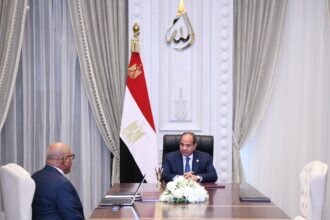
Would you like this delivered?
It was a normal question in Cairo. But in Brooklyn, New York, my friend was a little surprised.
New York City residents do boast about being able to have anything delivered. But, if McDonald’s doesn’t have 24-
After a trip to the other place he calls home, an Egyptian-American friend was talking about the conveniences he enjoyed while being back in New York and how they compare to Cairo.
Oddly, some of that extra convenience came from better performance from the same products. In New York, Google Maps accurately predicts your arrival by taxi or train within minutes. You can even use faster features on your same iPhone to ask Google Maps. In Cairo, on the other hand,Google Maps will estimate hour-long trips, minimum, as twenty minute rides. Its predictions just aren’t as useful.
One of the most telling differences for
Infrastructure investment differences in roads, rail, buses -and now bikes-are not comparable. The outlooks on how important it is to get people moving freely through the city are vastly different. This translates to big differences on how money is spent.
Although transportation is cheap, the World Bank estimates the annual cost
New York, on the other hand, invests in running an efficient public transport and road system. Transport costs are way higher, collected in tolls and ticket prices. But its traffic is considerably more tolerable than Cairo’s.
In both cases, lots of money is spent. In Cairo, however, more money is wasted
Imagine what $8bn (EGP 56bn in current prices) invested in de-congesting Cairo would do? At the time of the World Bank’s 2012 estimate, this was about 4% of Egypt’s GDP, four times what it costs in comparable cities, where traffic more typically costs about 1% of GDP.
One major issue, of course, is how to collect some of that wasted money and putting it to better use, without physically building to
Thinking about traffic this way does change notions about how unaffordable it is to invest the money needed to make Cairo less congested. It seems it would be cheaper to make navigating Cairo, at least the roads, easier.

